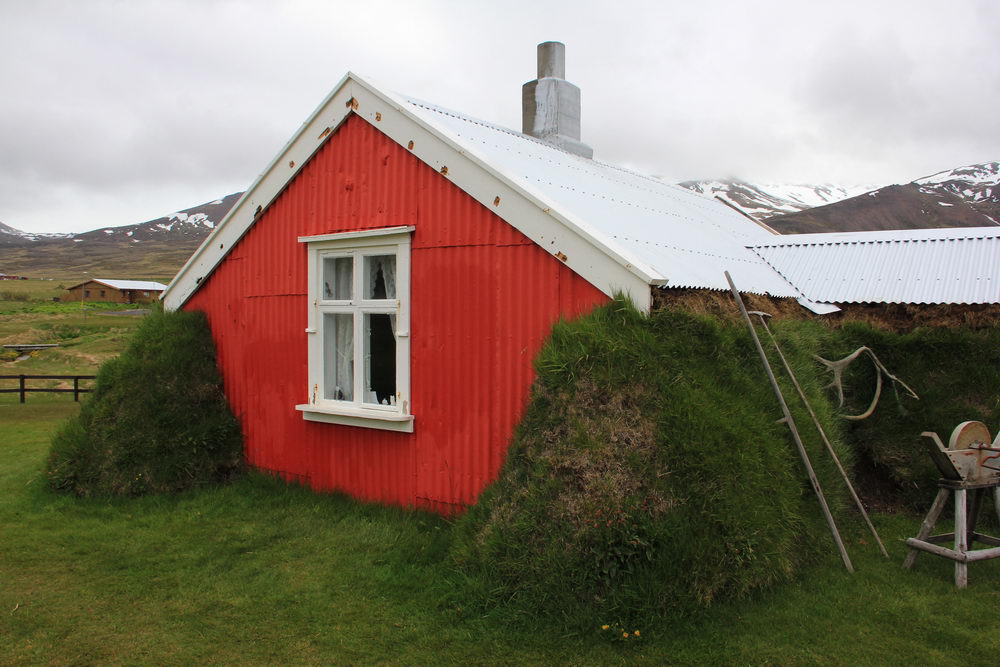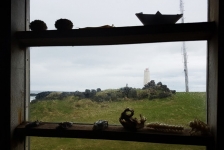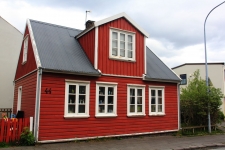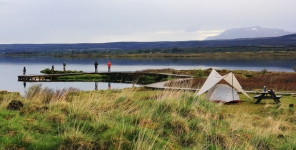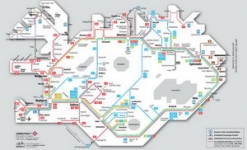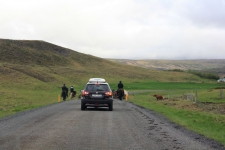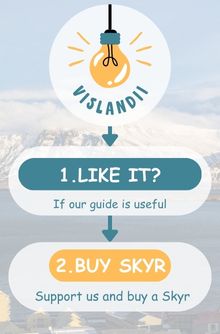How expensive is Iceland? How much money will you need while traveling in Iceland? What is the exchange rate of the Icelandic currency - the krona? Read on for our spending guide and money saving tips in Iceland.
Iceland's nature, which boasts glaciers, waterfalls, active volcanoes, mountains, geysers and black beaches, attracts many tourists every year, each of whom is looking for adventures and memories for a lifetime.
This is a beautiful country and it attracts many, but the question that everyone has before they decide to buy tickets (besides which attractions to visit and which hotels to book) is exactly how much money will you need in Iceland? Is it even possible to travel on a limited budget, or is this place only for the rich?
According to the Numbeo Cost of Living Index, Iceland currently ranks as the third most expensive country in the world. Local banks have also studied the main expenses of tourists, and their size is not small.
Staying in hotels in Reykjavik is 10-32% more expensive than in other Scandinavian capitals. Prices for restaurants and housing exceed the EU average by 44%. The cost of alcoholic beverages exceeds the same standard by as much as 123%.
However, do not be sad ...
In fact, there are several ways to travel around Iceland without taking out a loan for 10 years.For this guide, we have gathered information about the Icelandic currency, as well as numerous ways to see the sights, travel around the island, eat and stay overnight on a limited budget, which will allow you to plan a trip to Iceland and not spend all your money.
Content:
- The currency of Iceland
- Prices for accommodation and transport in Iceland
- Food and drinks in Iceland - which is better than a restaurant, canteen or supermarket?
- How much do the sights of Iceland cost?
- Approximate weekly and daily budgets for different types of travel in Iceland
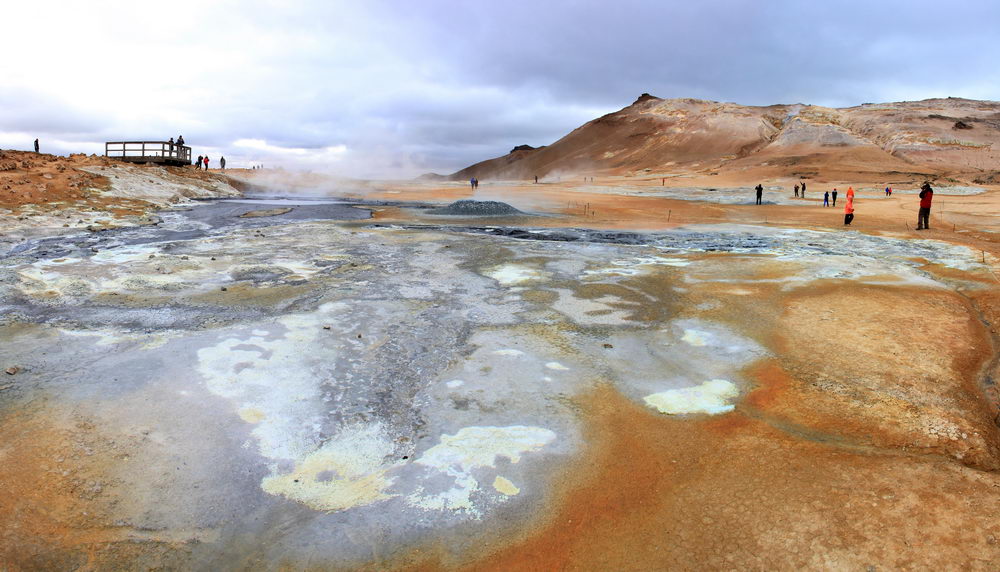
The currency of Iceland
It may surprise some people that a country with a population of about 330,000 people has its own currency. Iceland's currency is called the Krona (ISK) and has a long history of being pegged to the Danish krona, the British pound, the US dollar and the euro.
The history of the Crown is complicated, local residents regularly argue for or against its preservation. When traveling to Iceland, it should be borne in mind that this currency has almost no value outside Iceland. Its value is generally determined by the Central Bank of Iceland, and very few banks outside Iceland buy or change Icelandic krona.
That's why when traveling in Iceland, you shouldn't take a lot of local currency with you. You can exchange dollars or euros at the airport, but the exchange rate will be more favorable if you exchange currency at a bank in Reykjavik.
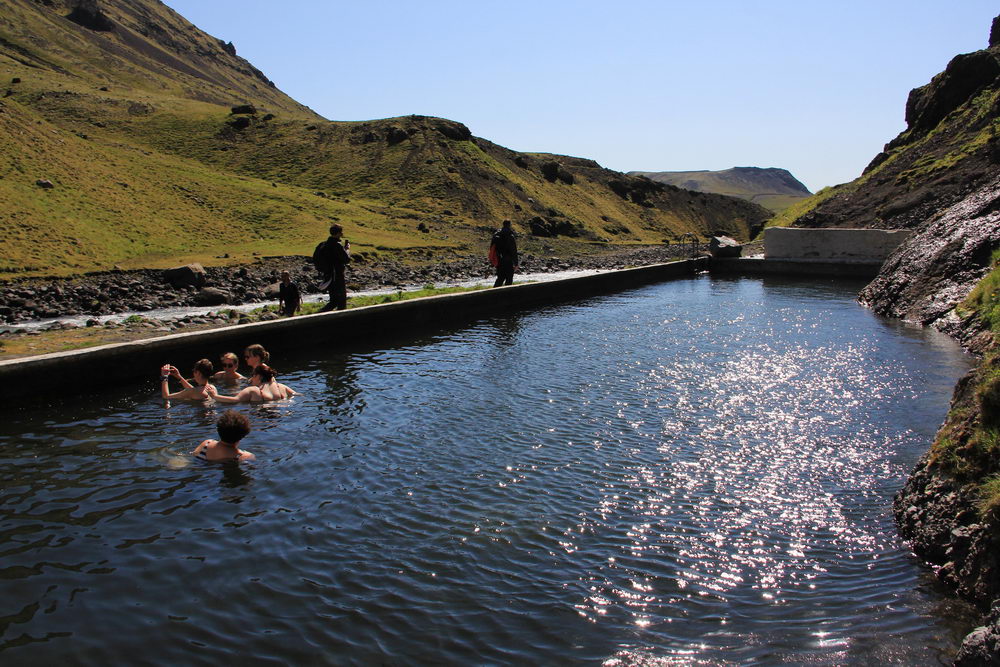
We also recommend that you do not forget to exchange the Icelandic krona back into dollars or euros before leaving.
Due to exchange rate fluctuations, all prices in this article will be listed in their original ISK currency. If you are used to prices in euros, then the prices may seem very high to you...
View the official exchange rates of Króna ISK
Learn more about the Icelandic Krona, and in general about money in Iceland ->
Money in Iceland, what currency, how to pay, where to change
What is the currency in Iceland? What kind of money is accepted for payment in Iceland, other than Icelandic krona?Is there an option to pay in euros or by card? Are t...
Prices for accommodation and transport in Iceland
How much you will eventually pay for accommodation in Iceland depends largely on the type of accommodation you choose. From cottages and hostels to guesthouses and apartments - all this variety has the same wide range of prices, and there are undoubtedly options that will suit you.
Despite the wide selection and fairly high prices, you will not find five-star hotels in Iceland. However, for 3 or 4 star hotels, prices range from 5,000 to 1,000,000 ISK per night, with most hotels offering free Wi-Fi and breakfast.
Housing is expensive not only for tourists, but also for local residents; In Reykjavik, the problem of housing for local residents is becoming more acute. You can read more about the choice of housing in the article:
Where to stay in Iceland: hotel, farmhouse, campsite
Whether you are traveling on a budget or looking for a comfortable stay, in Iceland you will find accommodation to suit your needs. From luxury hotels in Reykjavik to ...
An interesting fact in this situation is the large number of apartments rented through Airbnb in Reykjavik, which only leads to an increase in prices. And if you register on the Airbnb website using our link, you can get a discount of about $ 42 on your first booking!
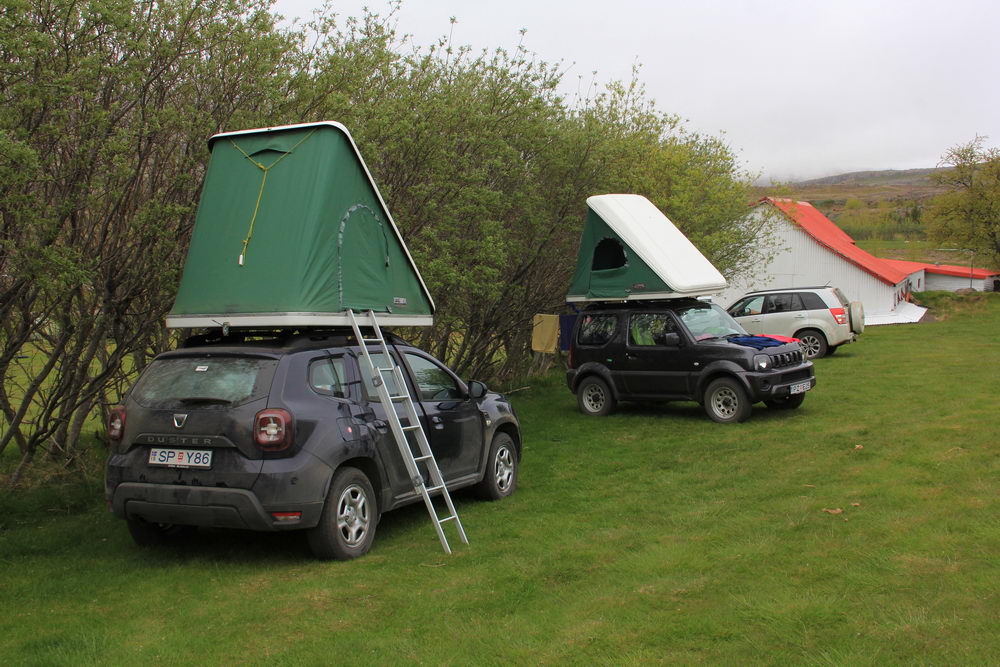
No one wants to stay in a hotel for the entire duration of a trip to Iceland, so even if you book the cheapest accommodation, taking into account tours, transport and meals, your expenses can be quite high. However, some ready-made tours that include different accommodation, breakfasts and organized sightseeing tours may be cheaper (due to group discounts) than personal planning and booking accommodation for the trip. Examples of such tours can be found on tour aggregator websites.
But of course, the cheapest option, as a rule, will be camping. Fortunately, there are more and more campsites in Iceland. Camping allows you to be closer to nature, and is one of the most ecological options, provided that you leave behind a place in the same condition as it was found.
See also:
Camping in Iceland
If you decide to go to Iceland and want to see the nature of this beautiful island, then you can live in a hotel, in a mobile home or in a tent at a campsite. Camping ...
Even if you decide to camp somewhere in the middle of Iceland, you will still need transportation to get to even more remote corners. In this case, car rental or tours where you can drive yourself will be useful. In the variant of such tours, you are provided with a car or a camper with a tent on the roof, as well as a detailed route that will help you navigate, while allowing you to move around the island and explore its attractions at your pace and according to your wishes.
Remember, however, that Iceland is located near the Arctic Circle, so camping is definitely a better option in the summer months. Camping during the Icelandic winter is fun, only for the most avid travelers who understand the weather and have all the necessary equipment, as well as have many years of experience "relaxing" in the wild.
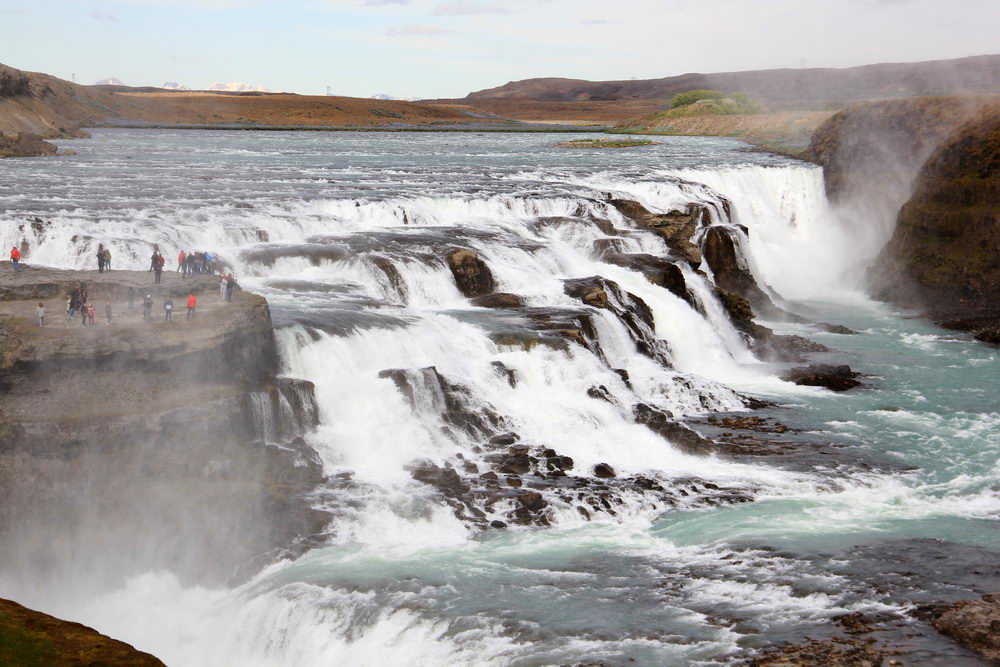
If you are hungry for adventure and you have a lot of time, it is also possible to hitchhike, which is very safe in Iceland. If you drive a rental car and at the same time are ready to take a hitchhiker with you, then you can offer to share the cost of gasoline, which can be a significant saving.
As for public transport, do not take a taxi unless absolutely necessary, and only if you are going to travel short distances around the city. The cost starts at 600 ISK, and from that moment the meter ticks like crazy. Reykjavik, in fact, is a very tourist-friendly city and boasts a good public bus service, where a regular ticket costs 440 ISK and is valid for an hour.
However, the public transport system outside the capital is not well developed. If you are going to travel outside the city, you should know that renting a small car is often much cheaper than a bus.The big mistake that some newcomers make is to take a taxi from Keflavik Airport to Reykjavik. It's better to rent acar or use Flybus for 2500-3000 ISK and save up to 90% compared to a taxi.
Buses in Iceland, routes and schedules
The easiest and most popular way to travel around Iceland is to rent a car. But what if for some reason this option is not suitable for you?
Not many people kn...
Food and drinks in Iceland - which is better than a restaurant, canteen or supermarket?
In the last few years, Iceland has seen a surge in the local gastronomic scene, with numerous world-class restaurants springing up all over the capital. The possibilities for a good dinner are simply endless; traditional Icelandic cuisine is mixed with other cuisines or flavored with exotic ingredients, all to create exquisite dishes that stand out from the competition.
Food in Iceland is relatively expensive (the main course will cost from 2000 to 4000 Icelandic crowns), so locals consider dinner or lunch in a restaurant as a pleasure, rather than a regular meal. If you are not going to cook yourself, then your expenses are expected to increase significantly.
Instead of eating in one of the cafes or restaurants every time, you should plan a visit to one or two special places that can fully satisfy your wishes. As with most things in Iceland, it can be expensive, but anyway, it's worth it!
Be careful when buying fast food such as pizza, burgers or sandwiches. Some might think it's cheap and profitable, but in fact fast-food in Reykjavik pretty much falls into the same price range as good cafes. Pizza usually costs about 3000 ISK - almost the same as the main course in a good cafe.
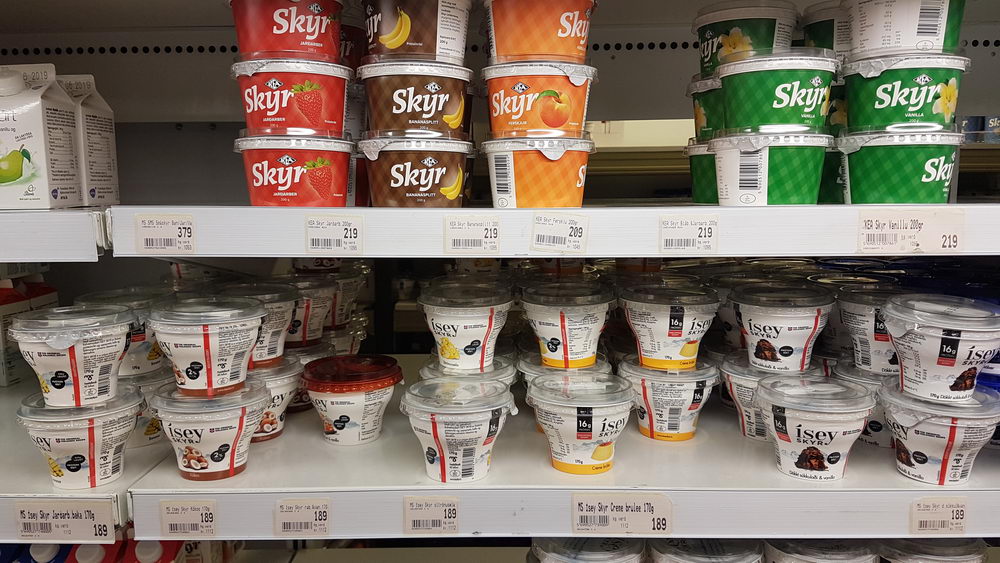
The best way to save money in Reykjavik is to take advantage of lunch time, when numerous restaurants in the city center offer discounted prices or two-in-one deals on some dishes.
Obviously, the most economical way to eat in Iceland is to cook your own food. If you are going to buy groceries, avoid the 10-11 supermarket chain, which is the most expensive grocery store in Iceland. Buying at this supermarket, you can spend twice as much.
To save money in am, inexpensive shops such as Nettó, Krónan and Bónus are more likely to be suitable, each of which has many shops both in the capital and abroad. These stores are also ideal for shopping for lunch boxes before going somewhere. Roadside kiosks and shops tend to offer only food such as burgers and hot dogs, but at very high prices.
If you find yourself wandering the streets of Reykjavik at the wrong time for shopping and everything is closed, then the local Krambúðin store in Skólavörðustígur (a stone's throw from the Hallgrímskirkja Church) has recently become a convenience store. It is cheaper than in 10-11, and the range is larger.
The current current prices for food in supermarkets in Iceland can be viewed here.
As for alcohol, Iceland's relationship with it is quite complicated. Alcohol is sold only in state-owned liquor stores, known as ÁTVR or Vínbúðin, which is open only during business hours. If you are planning a party, then you should stock up on alcohol in advance. Even in these state-owned stores, taxes are quite high, so if you need alcohol, it is better to buy it in advance at the airport or bring it with you.
It is also worth noting that what looks like beer in the supermarket is not. This is a product designed to look and taste like regular beer, but it has almost no alcohol in it. The alcohol content is usually up to 2.5°, almost like in European non-alcoholic beer.
But even if you want to drink a good beer or cocktail, and the state alcohol stores are already closed, then Reykjavik can attract with excellent bars and pubs. Although the prices are quite high (about 1000 ISK per pint), Reykjavik fortunately boasts a popular Happy Hour culture where you can have a drink at the bar at very good prices.
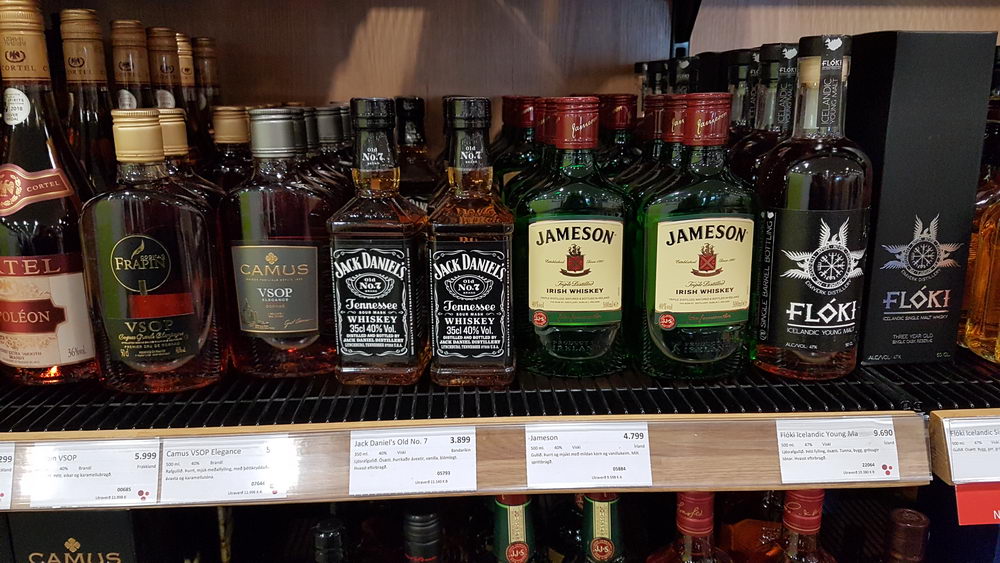
As for coffee, a favorite energy drink for many, we advise you to add it to the list of treats, and not daily purchases. A cup of latte or cappuccino costs about 600 ISK, tea costs about 400 ISK, and regular black coffee costs from 200-500 ISK.
Last but not least, avoid buying bottled water. Tap water in Iceland is one of the cleanest in the world, so unless you're in a dodgy public toilet with a warning sign on the sink, drinking tap water is always safe. Just take a water bottle with you and be sure that you will be able to refill it almost everywhere.
How much do the sights of Iceland cost?
They say the best things in life are free. Icelandic nature boasts wonders that have no analogues anywhere in the world. Geothermal zones, hot springs and geysers are found all along the coast, and against the background of all this is the wild and uninhabited Highland.
Almost all of Iceland's natural attractions are free. You don't have to pay for admission or even for parking near them. Although everything changes from year to year and now in some places paid parking lots at attractions are beginning to appear.
Even though you can enjoy these wonders for free, you still need money to get there, as well as a place to live, appropriate equipment and possibly a guide. And it is worth not only sightseeing, but if possible, then experience something for yourself.
Therefore, when you go, for example, to the Tingvellir National Park - to the rift valley at the junction of two tectonic plates, you can go snorkeling or diving in the Sylphra fault. Or, if you are visiting Skaftafetl National Park, home to the largest glacier in Europe, you can go hiking on the glacier, ice climbing or go to the ice cave.
Fortunately, Iceland offers a wide range of services to make all these adventures accessible to visitors. For example, if you go on a tour and want to see the northern Lights, then if this fails, most companies offer you compensation for your tour. The Northern Lights are almost always there, you just need clear skies, darkness, a good location and a little luck or knowledge from a local guide. Usually, tour compensation allows you to go on the same tour, but on a different night, to try your luck again. Therefore, if the Northern Lights are in your top attractions, then it is reasonable to book an excursion to observe the Northern Lights at the beginning of your trip, so that, in case of failure, you can go again.
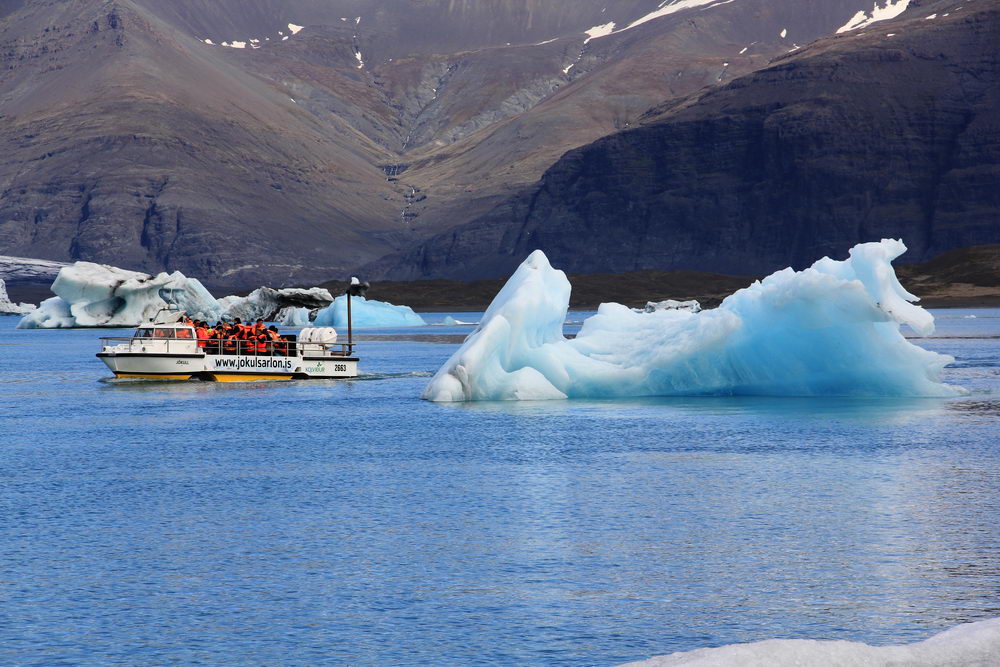
Iceland also offers endless opportunities for hiking, trekking and multi-day hikes. Hiking is often a summer activity, but you will still need warm clothes, good hiking boots and food, since there will be no shops around.
Do not forget to always make a trip plan, and then leave the plan at safetravel.is so that if something happens to you, you can be found and helped. Do not underestimate the nature of Iceland, but if you follow the rules, you will be fine.
Approximate weekly and daily budgets for different types of travel in Iceland
We hope this article has given you an idea of the various costs and opportunities while traveling in Iceland. Now let's see how much money will be needed at different comfort levels
Based on these figures, you can calculate an approximate budget for a trip to Iceland for a week. However, it is worth considering. that prices may change, but in general, it turns out that the longer the trip, the lower the running costs on the spot per day.
Tourist
The Tourist's approach to traveling in Iceland does not provide for any other means of transport, except for a round trip by Flybus bus to the airport. If you suddenly have to get somewhere else, then hitchhike.
A tourist lives in a campsite in the city, where a night will cost 1,900 ISK if booked all week. We will also include several additional expenses, such as using electricity or using a washing machine, but only once.
The tourist cooks his own food, 8000 ISK should be just enough for groceries for the whole week. Let's add two more 72-hour Reykjavik City Cards, which will also cover the use of a shower in one of Reykjavik's geothermal basins. The tourist will have time to explore the city, climb Mount Esya and hitchhike to nearby attractions such as the valley of hot springs in Hveragerdi or the black beach in Vik.
The weekly cost for this option will be about 41100 ISK, or 5,900 ISK per day.
If you go to a club somewhere once and eat in a cafe + add a budget tour of the Golden Ring, then the cost will be about 56200 ISK per week, or 8,000 ISK per day.
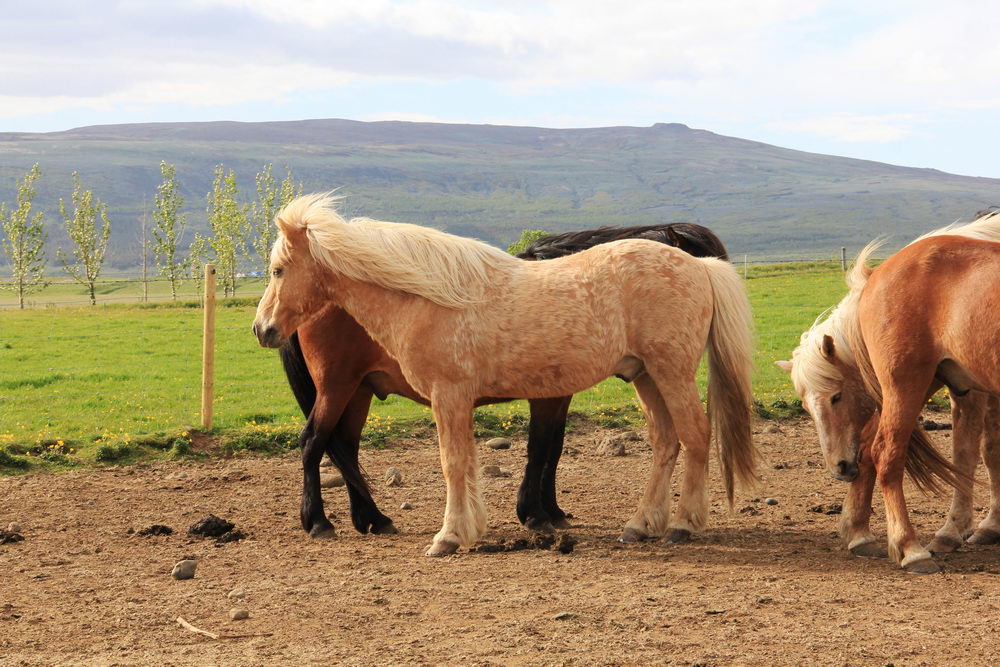
Minimalist
The minimalist approach includes accommodation in a hostel for the price of 4000 ISK per night, and an affordable kitchen will allow you to spend about 5000 ISK per week on food. You can add another pack of Icelandic beer for 1890 ISK ;)
A minimalist will drink coffee a couple of times and eat once in a cafe, as well as buy one combined tour, such as whale watching and a Golden Ring, for 16,600 ISK.
A minimalist will need a round-trip ticket on Flybus or rent a small car for one day for 3400 ISK, and at the same time, on the way from the airport, you can see the sights of the Reykjanes Peninsula.
Weekly expenses in this case will amount to 65,600 ISK, or 9,400 ISK per day.
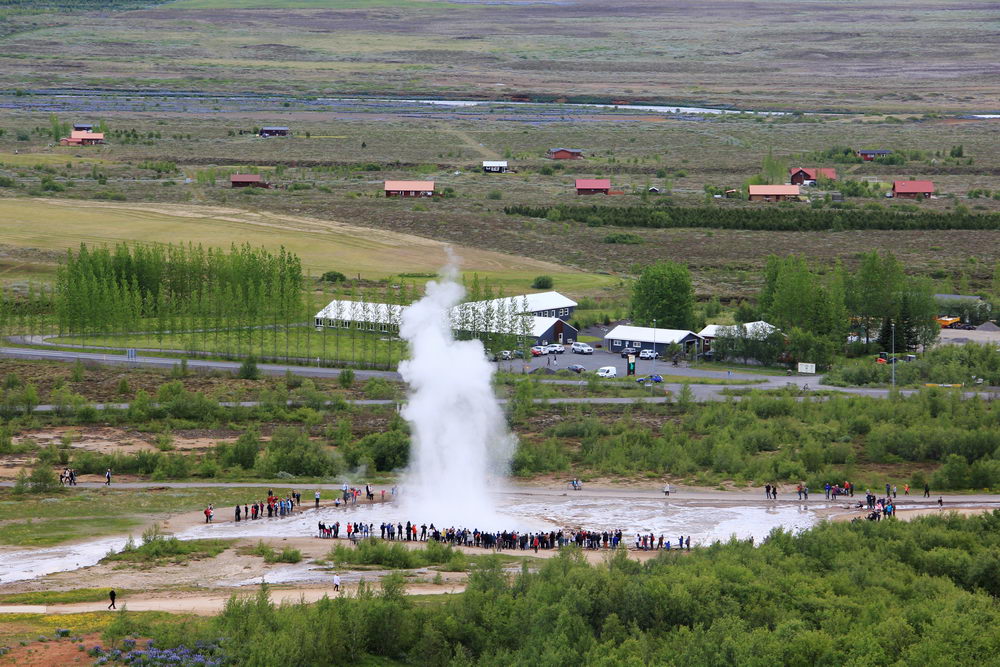
Traveler
The traveler will book hotels or guesthouses for 10,000 ISK per night and rent a 4x4 car for the whole week with gasoline prices of about 200 ISK per liter.
He will visit the cafe three or four times and will buy additional products for 8000 ISK per week. Of course, a traveler can afford one of the inexpensive tours within 20,000 ISK.
The traveler uses his 4x4 vehicle to explore the roads of the Highlands and explore the wildlife of Iceland, as well as stay outside Reykjavik for a few nights.
Such a week will cost 172,000 ISK, or 24,700 ISK per day.
If the Traveler decides to drive around the island, rather than go deeper, then in this case it will be enough to rent just not a full-drive car, but a regular one, which will significantly reduce the cost of renting a car and gasoline.
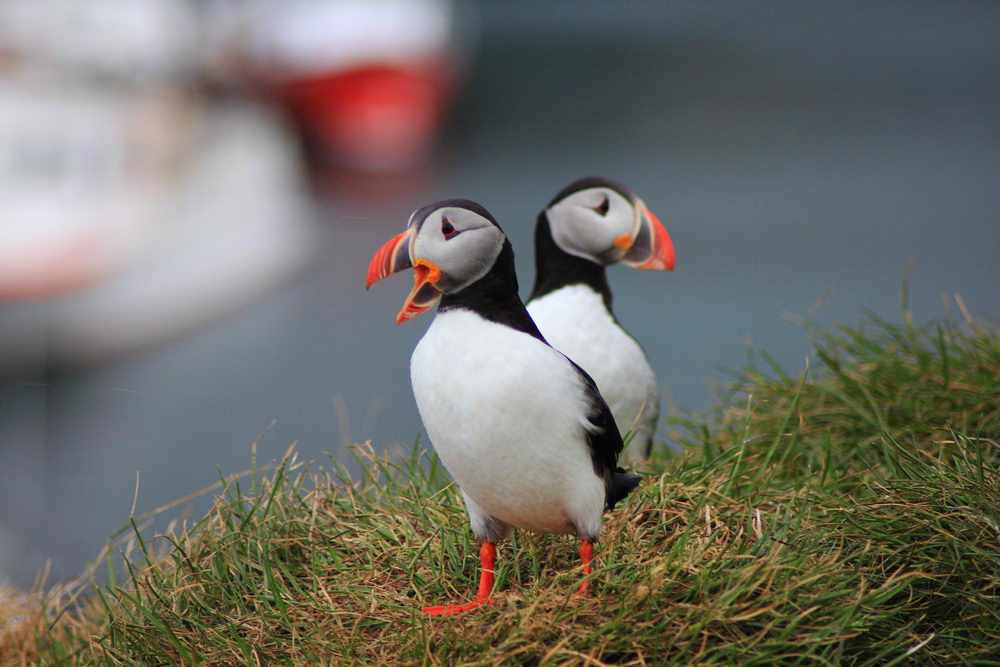
A spender
A spender will book a good hotel for 30,000 ISK per night or a cottage in the countryside for 15,000 ISK per night. He will rent a great car for seven days for 12,000 ISK per day and go on three different combined tours for 60,000 ISK.
Also, the spender will go to dinner at a cafe or restaurant every evening. Of course, in a restaurant, a spender will take a bottle of wine or order a craft beer, which will double the bill for dinner. A spender could, of course, spend a lot more, but let's assume that he is still not such a spender, and we just want to calculate the budget.
With this approach, expenses per week would amount to ISK 330000 or ISK 47000 per day.
*ATTENTION, all prices listed in the article may vary.
If you have already decided to go to Iceland, then of course you will need:
10 rules for a great car ride in Iceland!
One of the best, and sometimes the only, ways to get to know Iceland intimately is by car. Or rather, a trip by car. The most popular route for independent travel in I...

